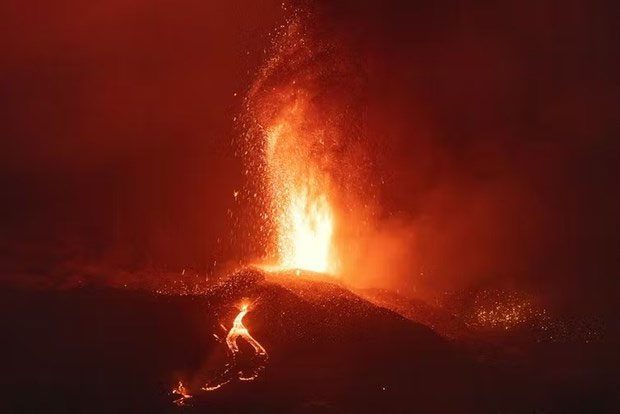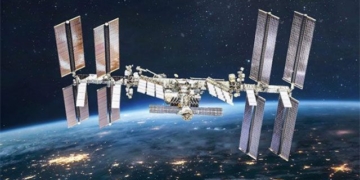Scientists studying infrasound—sounds that are too low for humans to hear—from volcanoes such as Italy’s Mount Etna have discovered that the sound of magma changes significantly when a volcano is about to erupt.
A study published in the journal Nature on October 20 revealed that these inaudible sounds deep within a volcano could provide early warnings of an impending eruption, opening up prospects for necessary alerts for affected communities.

Image of a volcano erupting. (Source: AP)
A group of scientists researching infrasound from volcanoes, including Mount Etna in Italy, found that the sounds of magma change distinctly as a volcano approaches eruption.
Leighton Watson, a scientist at the University of Canterbury, stated: “When magma erupts, sound waves bounce back through the volcano’s mouth similar to certain brass instruments like the trombone, allowing us to capture those sounds.”
He explained that as magma rises, the sounds change like the movement of a trombone slide. Before Mount Etna emitted smoke and ash into the air in February 2021, its harmonics began to shift. The peak frequency increased continuously due to the magma rising towards the volcano’s mouth.
By identifying the sounds corresponding to each level of magma, scientists can predict future eruptions.
Watson and his research team from Italy and the U.S. believe that these sounds could provide warnings several hours in advance of an upcoming eruption. While this may not be enough to protect homes or infrastructure, it could be sufficient for local residents and tourists to avoid danger.
Current methods for monitoring magma levels include using helicopters to fly over the volcano or climbing to the volcano’s mouth and directing laser measuring equipment inside, both of which are dangerous, costly, and not feasible for continuous monitoring. The new method utilizes probes that can be placed several kilometers away from the volcano.
However, specialized microphones capable of detecting these ultra-low volcanic harmonics have only been developed in the past few decades, so this research is still in its early stages.
Watson noted that further research is needed on different types of volcanoes as well as the speed and style of magma ascent in various scenarios to make accurate predictions about volcanic eruptions.


















































